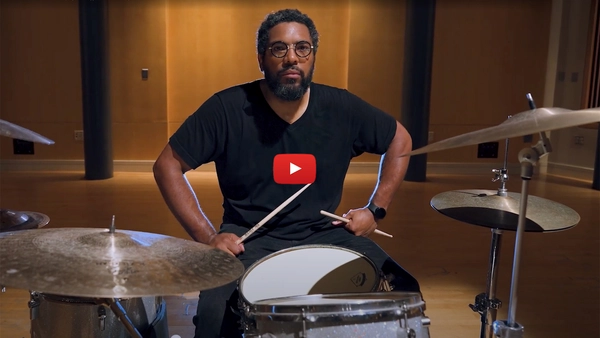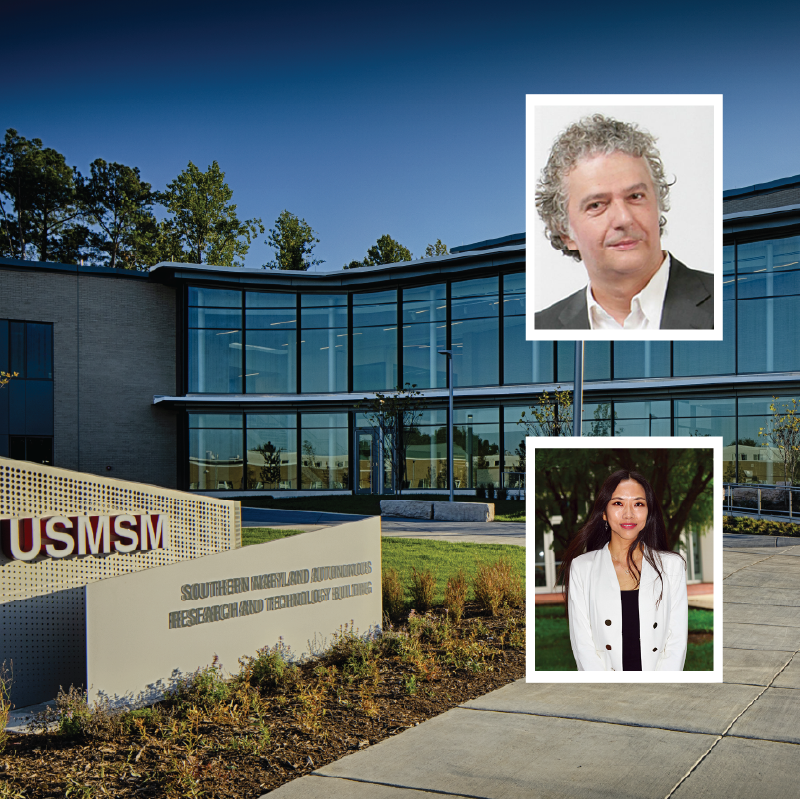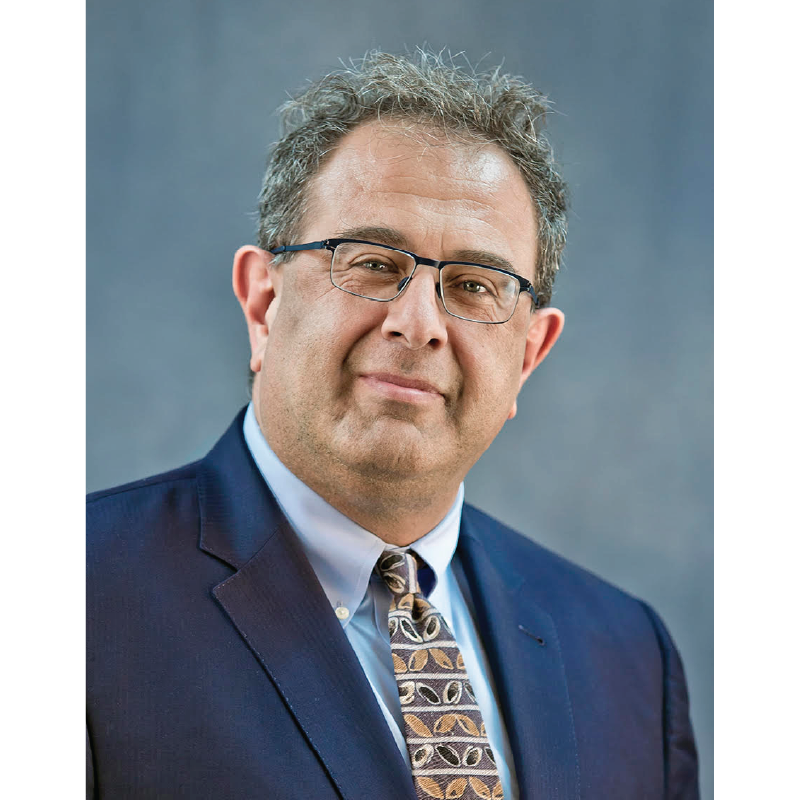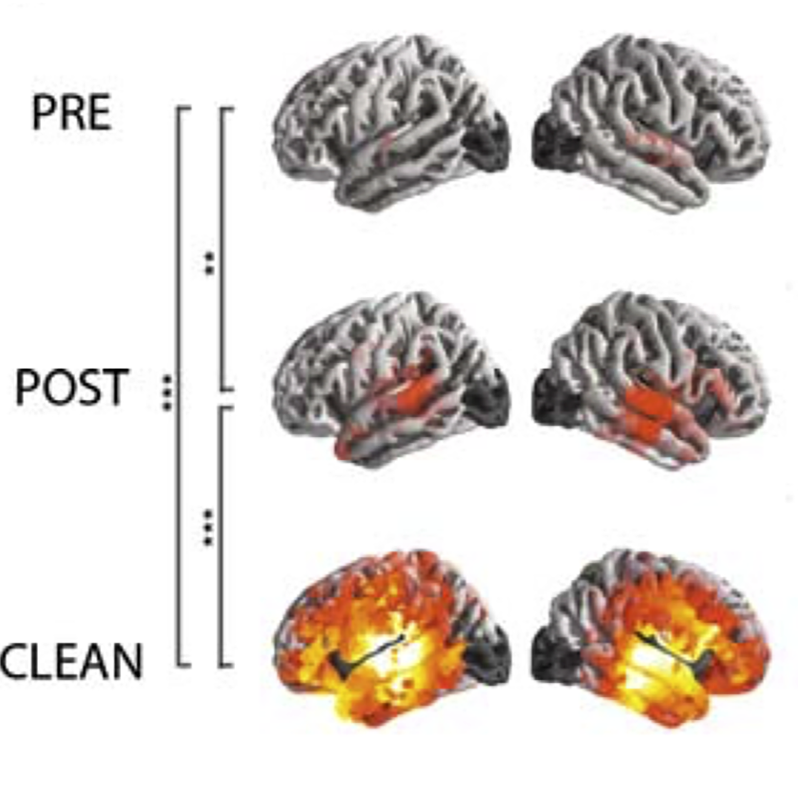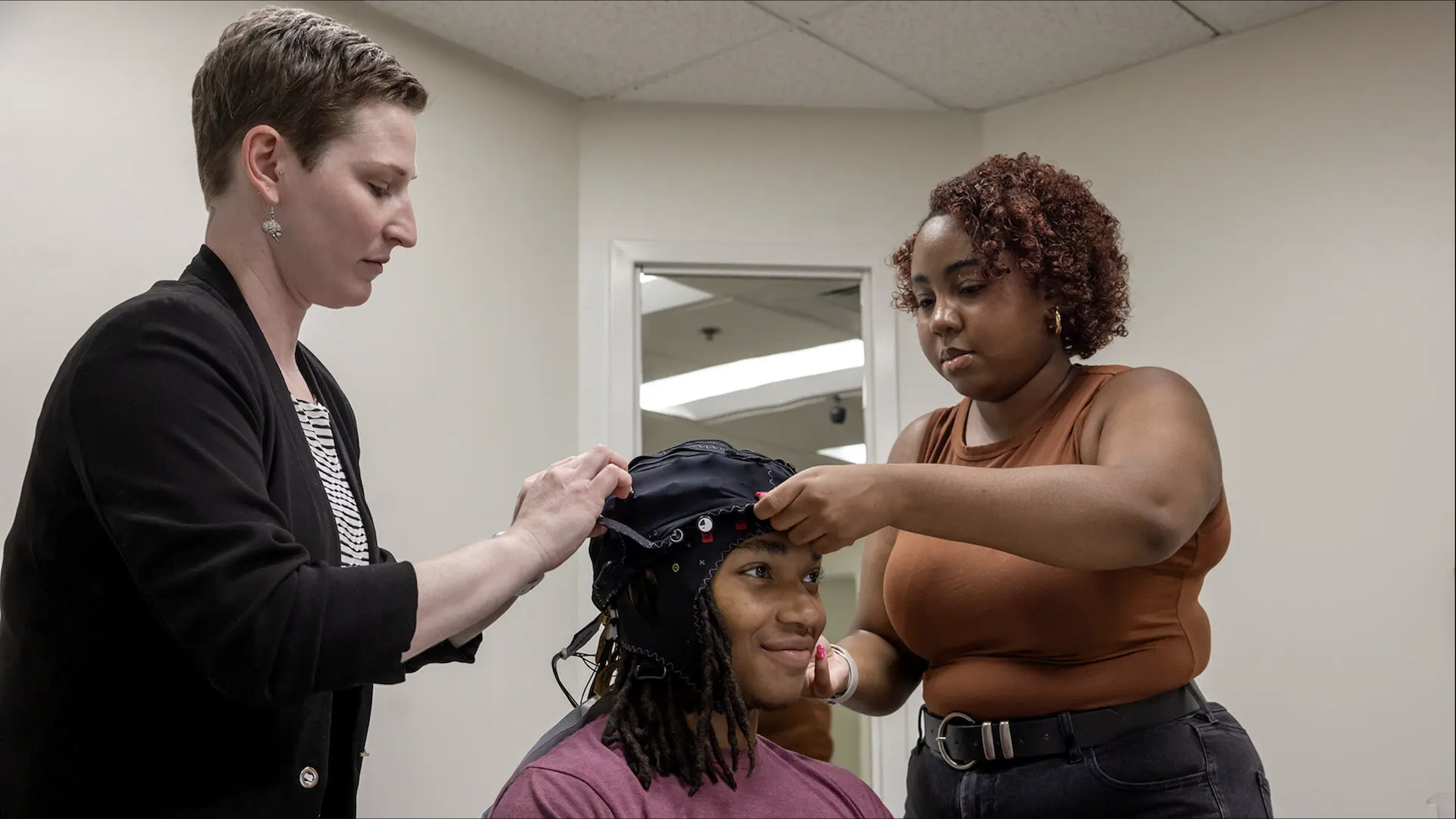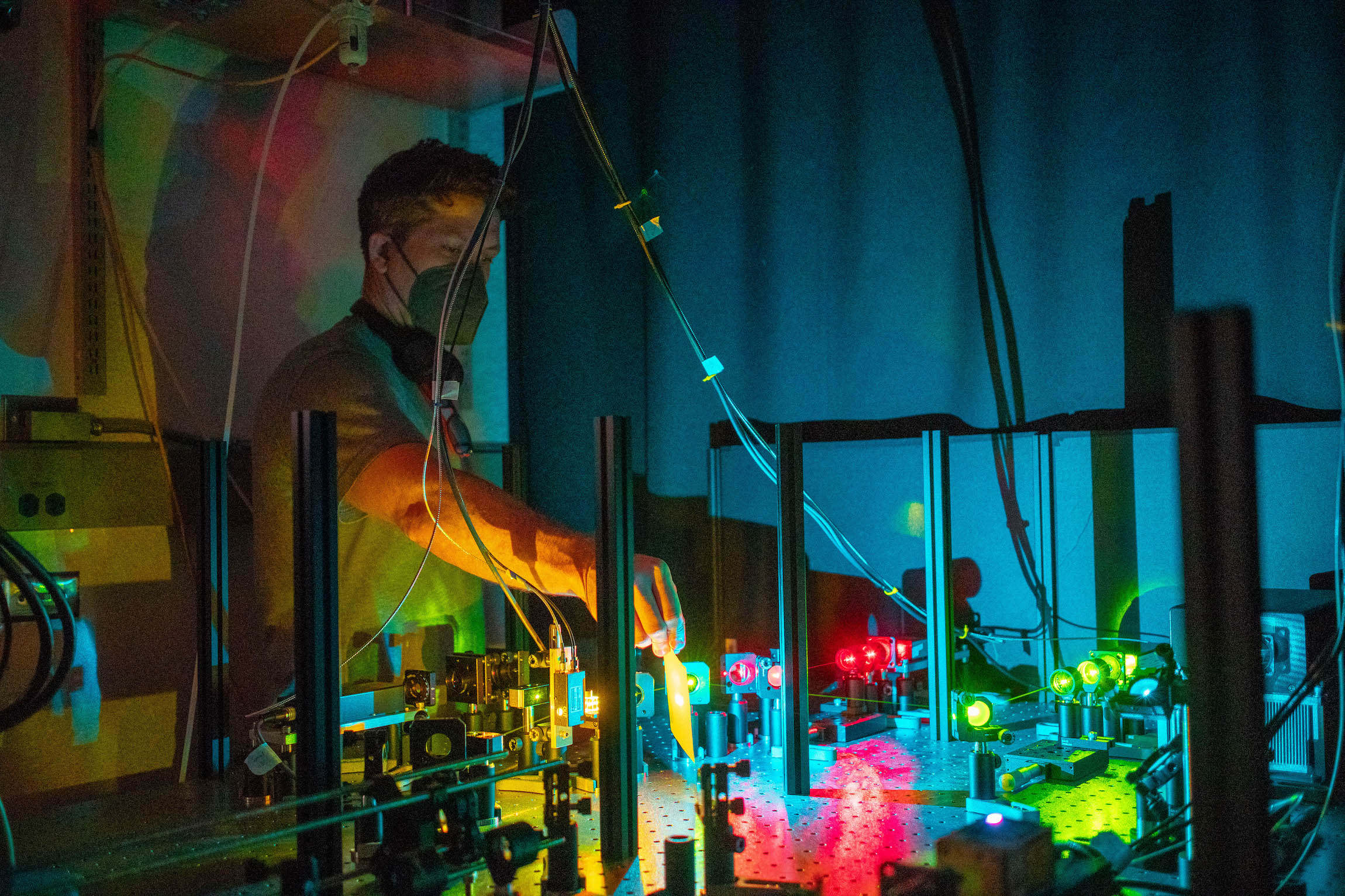News Story
'Terrapin Teachers': National UTeach Program expands to Maryland
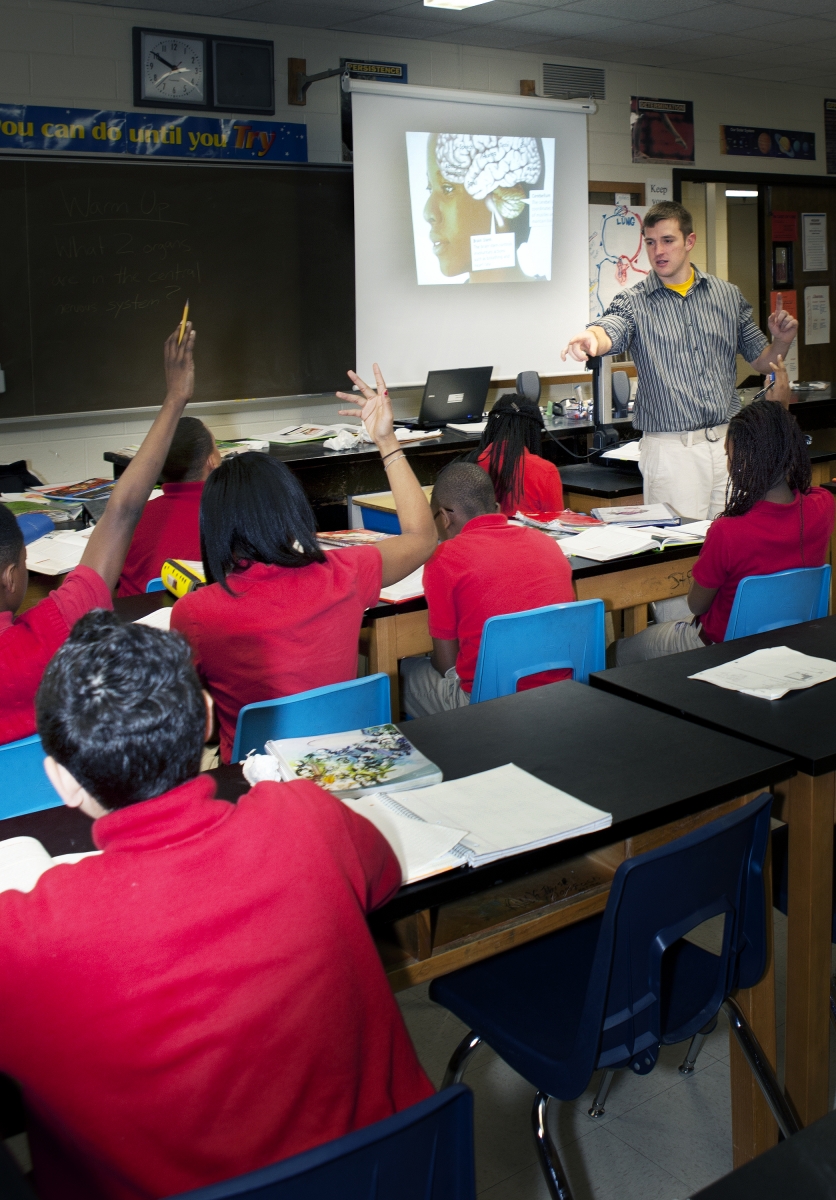
COLLEGE PARK, Md. – The University of Maryland is launching a program called Terrapin Teachers to increase the number of high-quality secondary science, technology, engineering and mathematics (STEM) teachers. Terrapin Teachers will replicate the nationally recognized UTeach program at UMD and expand the university's offerings that enable undergraduate students in STEM fields to receive both a subject-matter degree and teaching certification.
Terrapin Teachers will be a joint initiative between the university's College of Education (COE) and College of Computer, Mathematical, and Natural Sciences (CMNS). The university will receive a five-year, $1.45 million grant from theNational Math and Science Initiative (NMSI) to replicate the UTeach program in College Park. UMD is one of five universitiesto receive the grant this spring, which was made possible by a generous contribution from the Howard Hughes Medical Institute.
"Tomorrow's leaders, innovators and entrepreneurs are shaped by dynamic teachers," said UMD President Wallace Loh. "This is why we are so pleased to join forces with the transformative teacher preparation program UTeach, which grows the pipeline of cutting-edge STEM leaders who make a difference in the classroom."
UMD's UTeach program will be co-directed by Arthur N. Popper, a professor in the Department of Biology and a part of UMD's Brain and Behavior Initiative, and Daniel I. Chazan, a professor in the Department of Teaching and Learning, Policy and Leadership.
"Terrapin Teachers will allow faculty members in COE and CMNS at Maryland to build on their national leadership in research on the science of teaching and learning, and the application of this science to the teaching practice," says Popper.
The University of Maryland has been working to create new programs that increase the number of STEM majors who earn teacher certification, which was a recommendation of the STEM Task Force convened by Maryland Governor Martin O'Malley in 2008. The UTeach program will enhance this effort and further increase the number of STEM teachers the campus produces.
"We will increase the engagement of our on-campus faculty and local school districts in the shared venture of preparing future STEM teachers who will help us make the Common Core State Standards in mathematics and the Next Generation Science Standards a reality," says Chazan.
Mary Ann Rankin, UMD senior vice president and provost, created the UTeach program in 1997 when she was dean of the College of Natural Sciences at the University of Texas (UT) at Austin. Core elements of the UTeach program include recruitment and retention incentives, a compact degree program, a strong focus on research-based strategies for teaching and learning math and science, intensive field teaching experience, and personal guidance from master teachers and faculty.
"UTeach was created to attract the best and brightest STEM students to teaching and to train them to teach math and science in the most effective ways possible -- with inquiry and project-based instruction," said Rankin. "I am proud that with support from HHMI, NMSI and the UTeach Institute we will now bring this fine program to UMD. I know that with our great leadership team and extraordinary students, Terrapin Teachers will quickly become one of the most successful STEM teacher training programs in the country. Ultimately this is a huge win for the state of Maryland as each of these wonderful teachers will inspire and train hundreds of future workers, scientists, engineers, inventors and teachers."
In partnership with NMSI, the program has been replicated at 35 universities across the country. Currently, more than 6,000 students are enrolled in UTeach programs and more than 1,600 graduates have been produced. Projections indicate that, by 2020, UTeach programs across the country will have produced more than 9,000 math and science teachers—nearly 10 percent of the White House's 100Kin10 national goal of producing 100,000 new STEM teachers by 2021.
Published February 4, 2014

